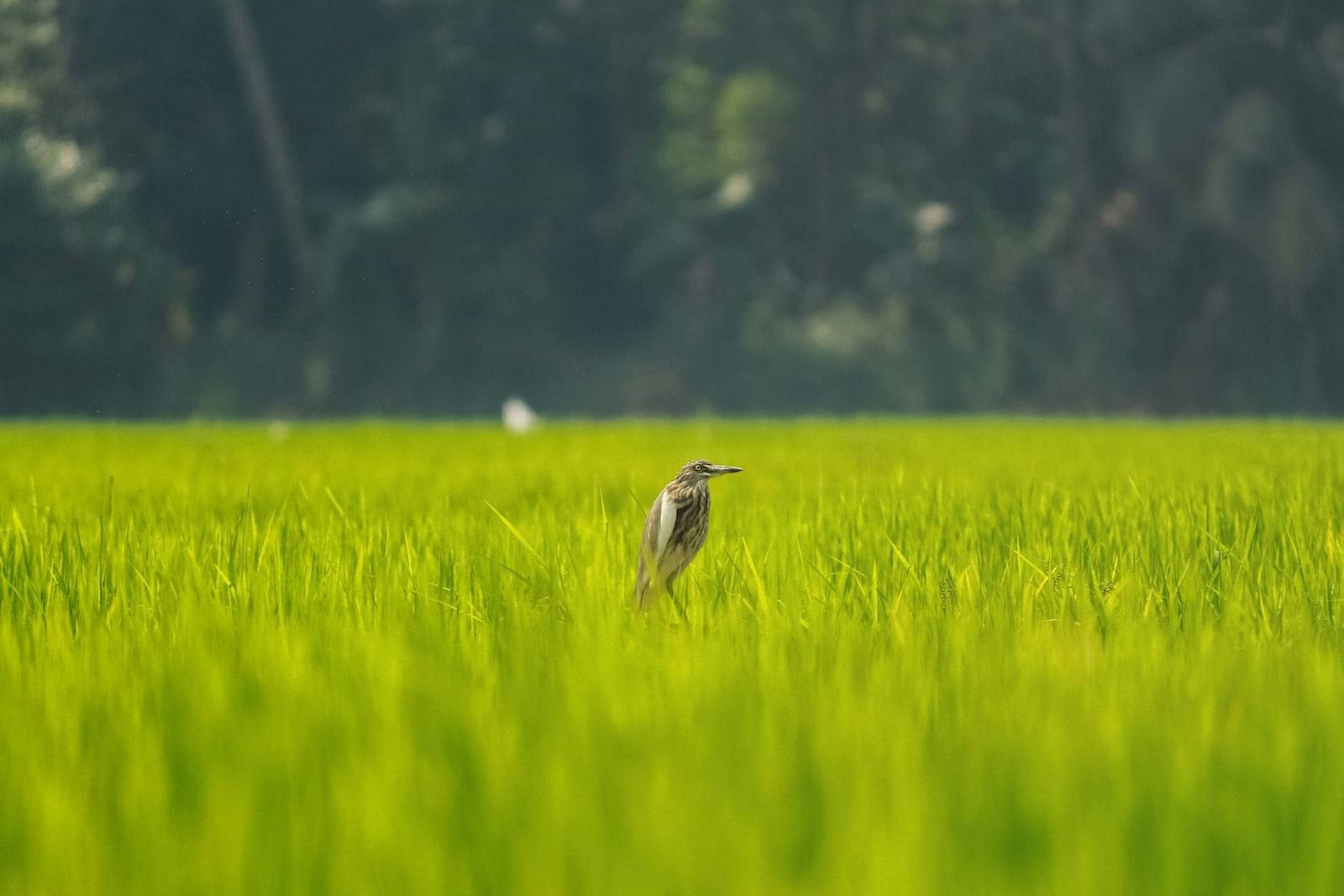Home > Rhythm Kumarakom > Blogs > History of Kumarakom
- Beaches in Kumarakom
- Road Trip to Kumarakom
- Kumaramangalam Temple
- Kumarakom Boat Race
- Hidden Gems in Kumarakom
- Hidden Gems in Kerala
- Kumarakom Sightseeing Itinerary
- Kumarakom Shopping
- Vishu Festival in Kerala
- Bangalore to Kumarakom
- Kerala Trip Plan for 4 Days from Hyderabad
- Main Festivals of Kerala
- New Year in Kerala
- Weekend in Kerala
- Kochi to Kumarakom by Boat
- Coolest Place in Kerala During Summer
- Best Places to Visit in Kerala in Summer
- Summer Season in Kerala
- Kumarakom Museums
- Chennai to Kumarakom
- Kochi Weekend Getaway
- History of Kumarakom
- Places to visit in Kumarakom
- Water Sports in Kumarakom
- How to Reach Kumarakom from Bangalore
- Romantic Kerala: Best Honeymoon Places in Kerala
- Pathiramanal Island
- Vaikom Mahadeva Temple
- Kumarakom Tourism Model: Sustainable Tourism in Kerala
- Kerala Ayurveda: An Immersive Wellness Journey
- Vallam Kali - Snake Boat Race in Kerala
- Onam: Harvest Festival of Kerala
- Exploring Monsoon Tourism in Kerala & Embrace the Enchantment
- Unveiling Kerala's Delights: A Memorable 5-Day Trip Itinerary
- 10 Interesting Facts about Kerala
- Why Kerala is Called God’s Own Country
- Kerala Cuisines: The Traditional Food of Kerala
- A Solo Trip to Kerala
- A Family Holiday in Kumarakom
- Malarikkal Sunset View Point and Water Lily
- Ettumanur Shri Mahadevar Temple
- Best Backwaters in Kerala
- Alleppey or Kumarakom
- Experience The Best Boat Ride in Kumarakom
- Aruvikkuzhi Waterfalls
- Jatayu Rock
- Kumarakom Bird Sanctuary
- Kumarakom Village Tour
- The Perfect Kumarakom Itinerary
- The Best Time to Visit Kumarakom
- How to Reach Kumarakom
- Team Outing in Kerala

Unveiling the Rich Tapestry: A Journey Through History of Kumarakom
Nestled along the tranquil backwaters of Kerala, Kumarakom is a destination steeped in history, culture and natural beauty. From its humble beginnings as a cluster of small villages to its emergence as a renowned tourist destination, Kumarakom's journey is a testament to the enduring legacy of Kerala's heritage. Join us as we unravel the fascinating history of Kumarakom and discover the secrets that lie within its storied past.

The Ancient Roots: Origins of Kumarakom
Stories about Kumarakom date centuries back, with evidence of human habitation found in the region. The area was originally inhabited by the indigenous Meenachil tribe, who thrived in the fertile lands along the banks of the Vembanad Lake. Over time, Kumarakom evolved into a bustling trading hub, attracting merchants and travellers from far and wide.
Emergence as a Backwater Paradise
Kumarakom's fortunes changed dramatically during the colonial era when the British established a presence in Kerala. Recognising the region's natural beauty and strategic location, they transformed Kumarakom into a sprawling plantation estate, cultivating rubber, tea and spices. The lush greenery and serene backwaters of Kumarakom soon became a popular retreat for British officials and aristocrats, who built grand mansions and estates along the waterfront, leaving behind a legacy of colonial architecture that still stands today.


Preserving Heritage: Kumarakom Today
Today, Kumarakom is celebrated as a haven for nature lovers and cultural enthusiasts, offering a unique blend of heritage, tranquillity and hospitality. The village retains much of its old-world charm, with traditional wooden boats plying the backwaters, fishermen casting their nets at dawn and vibrant festivals celebrating the rich tapestry of Kerala's culture.
Importance of Kumarakom: A Sanctuary for Wildlife and Biodiversity
Beyond its cultural and historical significance, Kumarakom is renowned for its rich biodiversity and pristine natural landscapes. The Vembanad Lake, the largest freshwater lake in Kerala, is a vital ecosystem supporting a diverse range of flora and fauna, including migratory birds, freshwater fish and aquatic plants. Kumarakom Bird Sanctuary, situated on the eastern shores of the lake, is a paradise for birdwatchers, home to over 180 species of birds, including rare migratory species such as Siberian cranes and herons.


Preserving the Legacy: Sustainable Tourism in Kumarakom
As Kumarakom continues to evolve and grow, there is a concerted effort to preserve its rich heritage and natural beauty while promoting sustainable tourism practices. The village has garnered acclaim for its eco-friendly initiatives, including responsible waste management, conservation of water resources and community-based tourism projects that empower local residents and preserve traditional livelihoods.
A Journey Through Time: Kumarakom History
The history of Kumarakom is a journey through time, tracing the evolution of a humble fishing village into a world-class tourist destination. From its ancient roots to its colonial legacy and vibrant present-day culture, Kumarakom embodies the spirit of Kerala's rich heritage and natural beauty. Whether exploring its historic landmarks, cruising the tranquil backwaters, or immersing oneself in the sights and sounds of village life, Kumarakom offers a truly immersive experience that leaves a lasting impression on all who visit.

When in Kumarakom, consider staying at Rhythm Kumarakom. This resort is located near the backwaters, surrounded by nature and has India's longest swimming pool. A total of 46 accommodations, split into four categories with plush bedding and luxurious facilities. A poolside restaurant and an al fresco dining restaurant are available as dining options. The resort has facilities and activities like a spa with therapeutic massages, a gymnasium, a massive swimming pool, a houseboat lunch, a village life experience tour, kayaking and much more.